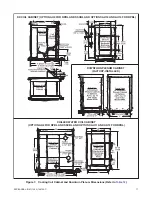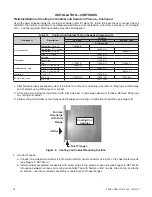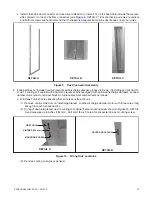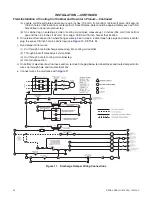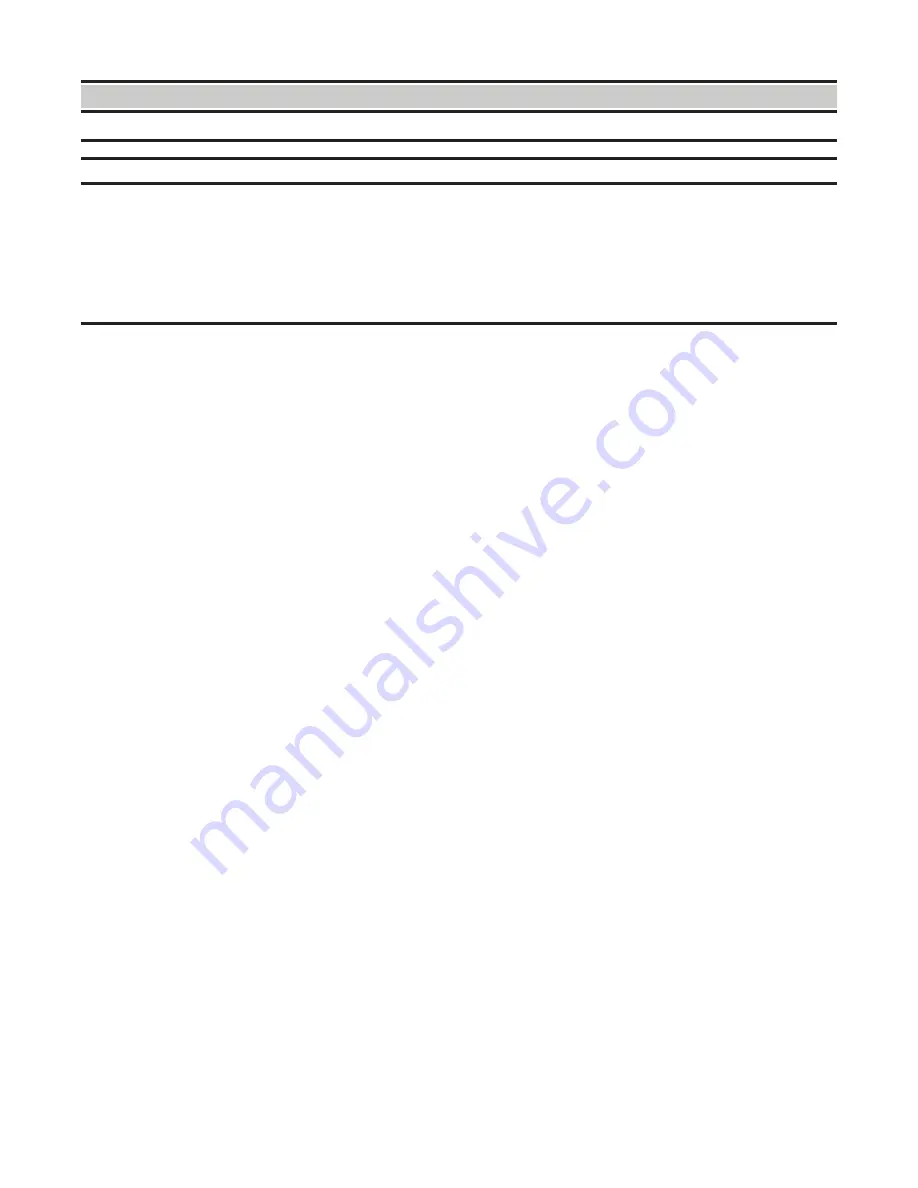
5
SSCBL-RPBL-IOM (10-22) 149159-C
⚠ WARNING ⚠
For your safety, read the warning labels on the unit.
NOTES:
• Installation should be done by a qualified agency in accordance with the instructions in this
manual and in compliance with all codes and requirements of authorities having jurisdiction.
• Read this manual and become familiar with the installation requirements of your particular
furnace. If you do not have knowledge of local requirements, check with the local gas company
or any other local agencies who might have requirements concerning this installation.
• The instructions in this manual apply only to model SSCBL and RPBL units.
Warranty
Refer to the limited warranty information on the warranty card in the owner’s envelope . Warranty is void if:
a . Furnaces are used in atmospheres containing flammable vapors or atmospheres containing chlorinated or
halogenated hydrocarbons or any contaminant (silicone, aluminum oxide, etc .) that adheres to the spark
ignition flame sensing probe .
b . Wiring is not in accordance with the diagram furnished with the heater .
c . Unit is installed without proper clearance to combustible materials or without proper ventilation and air for
combustion .
d . Furnace air throughput is not adjusted within the range specified on the rating plate .
Installation Codes
•
These units must be installed in accordance with local building codes . In the absence of local codes, in the United
States, the unit must be installed in accordance with NFPA/ANSI Z223 .1 (latest edition),
National Fuel Gas Code
.
A Canadian installation must be in accordance with CSA B149 .1,
Natural Gas and Propane Installation Code
. This
code is available from CSA Information Services, 1-800-463-6727 . Local authorities having jurisdiction should be
consulted before installation is made to verify local codes and installation procedure requirements .
•
These gas-fired products are certified by ANSI Z83 family of standards governing the safe usage of heating
equipment in the industrial/commercial marketplace . This includes using the heaters in makeup air applications to
supply corridor pressurization in commercial buildings such as office structures and apartment complexes .
•
The heaters are not certified as residential heating equipment and should not be used as such .
• Clearances (model SSCBL):
Clearances from the heater and vent to combustible construction or material in
storage must conform with the
National Fuel Gas Code
ANSI Z223 .1 (latest edition) pertaining to gas-burning
devices, and such material must not attain a temperature over 160°F (71°C) by continued operation of the heater .
• Separated-combustion (model SSCBL):
The separated-combustion furnaces in model SSCBL are designed and
manufactured in accordance with the ANSI definition of separated combustion, which reads, “Separated Combustion
System Appliance: A system consisting of an appliance and a vent cap(s) supplied by the manufacturer, and (1)
combustion air connections between the appliance and the outside atmosphere, and (2) flue gas connections between
the appliance and vent cap, of a type(s) specified by the manufacturer but supplied by the installer, constructed
so that, when installed in accordance with the manufacturer’s instructions, air for combustion is obtained from the
outside atmosphere and flue gases are discharged to the outside atmosphere .” Separated-combustion units are
designed to separate air for combustion and flue products from the environment of the building in which the unit
is installed . Separated-combustion appliances are recommended for use in dust-laden and some corrosive-fume
environments . As the definition states, all separated-combustion, power-vented equipment must be equipped with
both combustion-air and exhaust piping to the outdoors .
• Special installations in aircraft hangars and garages (model SSCBL):
Installations in aircraft hangars should be
in accordance with NFPA No . 409 (latest edition),
Standard for Aircraft Hangars
; in public garages in accordance
with NFPA No . 88A (latest edition),
Standard for Parking Structures
; and for repair garages in accordance with
NFPA No . 88B (latest edition),
Standard for Repair Garages
. In Canada, installations in aircraft hangars, repair
garages, and parking garages should be in accordance with the requirements of the enforcing authorities and in
accordance with the CSA B149 code .

















